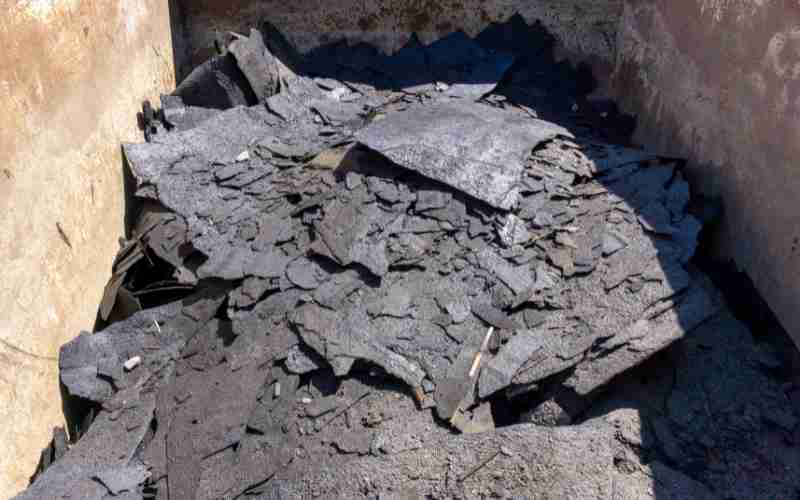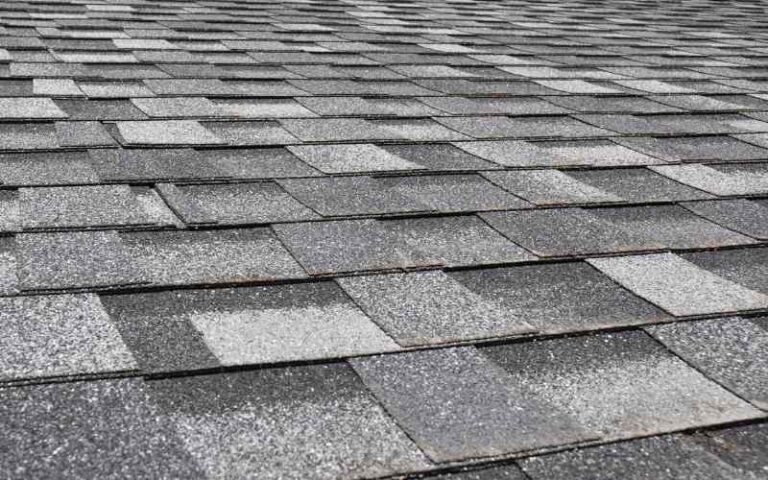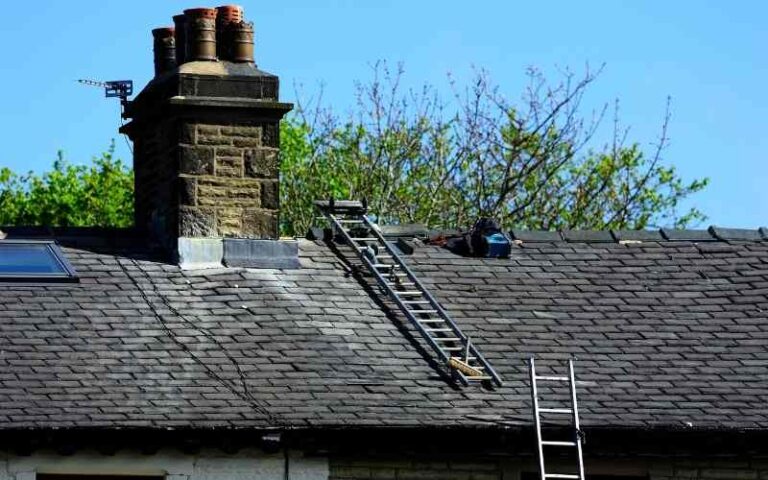Although roofing felt is not indispensable for roofing buildings, people often use it to prevent water from leaking into the building.
And the material is very effective in that regard; it protects the roof deck from the elements and is usually installed on the roof directly.
However, when the roof of a building is being replaced or removed, it is necessary to remove the roofing felt.
Thus, a problem may arise regarding how to dispose of it, and whether it should be recycled or recyclable. Well, everything is recycled these days.
Still, can roofing be recycled?
Roofing felt entirely recyclable, and it is usually recycled. In the past, waste roofing felt material from demolished or refurbished roofs was thrown into junkyards or incinerated. However, with newly patented methods, roofing felt is now recycled to get another raw material. These methods extract the bitumen from the roofing felt waste and use it to produce asphalt.
Ready for a Roofing Quiz?
Can You Recycle Roofing Felt?

Once roofing felt is removed for renovation or replacement of a roof, one can recycle it. In the past, contractors used to throw it away, but now, roofing felt recycling has become widespread with improved recycling methods.
Although most companies that recycle roofing felt use a patented technology, you can’t tell how they do it; they collect roofing felt waste from various countries.
These companies also encourage contractors and individuals to deliver it to their facilities.
Once at their facilities, the roofing felt bitumen contained in the roofing felt waste is recycled, and the bitumen mix gotten during the recycling process is used for other things.
For instance, bitumenMix is used in the production of asphalt. The bitumenMix replaces about 3% of the bitumen needed to produce asphalt.
Even though roofing felt is a household hazardous waste, recycling has become CE certified for tar paper recycling. Although, it was widespread to incinerate roofing felt or dispose of it.
However, recycling saves resources and the environment.
The process of recycling roofing felt waste is beneficial to society because it reduces some of the pressure that is put on the already strained waste management systems available.
Furthermore, the process prevents the roofing felt from being incinerated or thrown in the materials local landfill, which also solves the problem of roofing felt disposal.
Mixing the resultant bitumen in asphalt lowers CO² emissions by at least 60kg per ton.
Also, replacing virgin bitumen needed for asphalt with bitumen Mix further reduces the cost of production and makes it easier to save costs.
Tarpaper Recycling is becoming more popular than the older methods of disposing of roofing felt like landfills and incineration.
The valuable component, bitumen, is gotten from the roofing felt during the recycling process and put to use.
How Do You Dispose Of Roofing Felt?
When roofing felt is not recycled, it should be carefully and correctly disposed of because it is considered household hazardous waste.
Thus, other than recycling roofing felt, you can quickly dispose of it, especially if it is in relatively small quantities. However, that does not mean only large amounts of roofing felt are recycled.
While it is pretty easy to change the material on your roof, especially when it is worn out and no longer serving its purpose, you may encounter the problem of what to do with the old roofing paper, commonly known as roofing felt or tar roofing material.
First, it is essential to note that roofing felt contains a substantial quantity of bitumen classified as hazardous waste.
So, it is important to exercise extra caution when disposing of it, so it doesn’t cause harm to society or the environment.
You should keep in mind that the unpleasant smell of tar that you’re noticing indicates that the roofing felt belongs to a particular landfill for the purpose.
Dumps like that are also meant to dispose of bitumen, asbestos, and concrete slabs. That is where such materials are disposed of after use.
Also, if you’re not sure about the landfill’s location, you can check with your local authorities or make inquiries at the local recycling center.
When you’ve obtained the needed information, you can either use a cardboard box to pack the waste roofing felt, especially if it is in small quantity, or make an application for a waste container.
Remember that old roofing felt is usually quite heavy and unyielding, so it may not be the easiest thing to package and deliver. So you can choose to have it disposed of using a waste container.
You can get the container via any container service near you, and please remember to indicate the size you would prefer.
And just like that, the company will bring the container to you. The hired company will pick up the roofing felt material and drop it off at the specified location.
Most companies also have workers that can load the material into the vehicle for you at an additional fee.
Alternatively, you can personally deliver the waste roofing felt to a particular landfill or recycling center. You’ll have to do the packaging yourself, so roll the lanes carefully.
Gather up the felt sheets individually and wrap them up.
You need to wrap them up in such a way that they can save space and make sure to remove all remnants of other building materials or rubble. This is because the package is supposed to have only pure material.
Once you’re all done, call the landfill or recycling plant and ask if there’re any other rules you should be aware of. Then, you can deliver the waste tar paper to the recycling plant or landfill for disposal.
Although there is a common misconception that you can place new roofing felt over the old instead of removing it, thus saving yourself the stress and cost of disposal. However, this is not encouraged.
The roofing tile will increase the roof’s weight significantly, and the weight increase will cause the roof’s temperature to grow in the lower layers, which may, in turn, cause a spark.
Thus, always resist the urge to place new tar paper over the old. Contrary to some opinions, it is not a safe practice at all. Instead, make inquiries and explore methods of properly disposing of the old roofing felt.
Usually, disposing of roofing felt may cost various amounts of money. Usually, the cost is charged per ton. However, the amount is not set in stone.
Conclusion
Roofing Felt is recyclable, and several companies and agencies in operation carry out roofing felt recycling.
Although the process itself is patented, these companies extract bitumen from the waste tarpaper and use it to produce bitumen used in the production of asphalt for making roads and streets. Pretty cool stuff if you ask me.
However, the presence of recycling does not mean that the felt is not disposed of. Even if the waste product is recycled, it has to be moved to the plant.
If you intend to dispose of roofing, or felt, you can take it yourself to the landfill or hire a company to do it for you.






